
OWASP ASVS 2013 Beta _v1
.0.pdf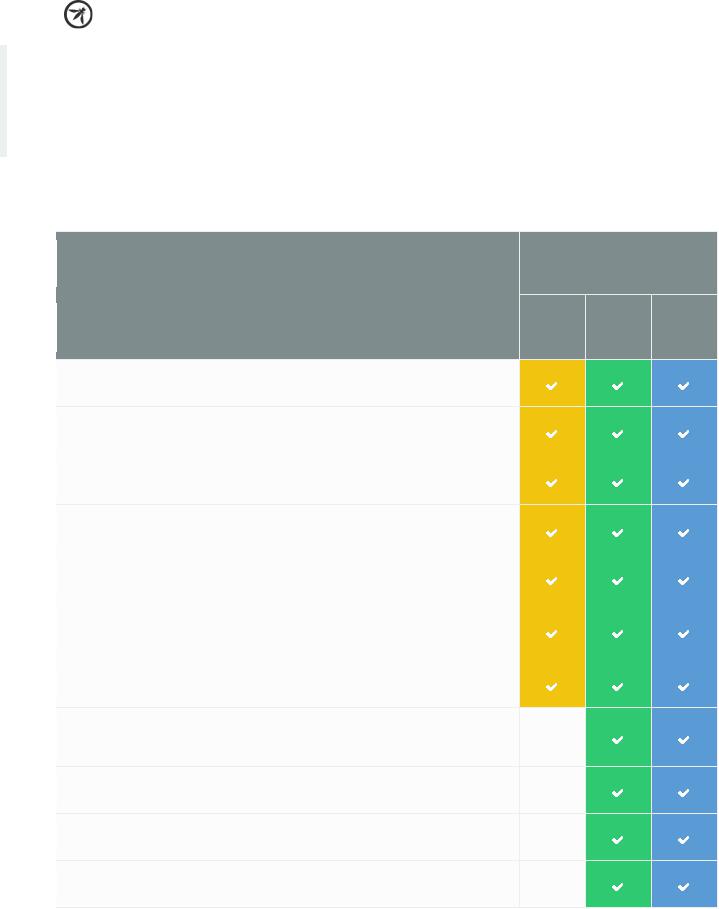
ASVS 2013 |
Web Application Standard |
V3: Access Control
Verification Requirements
The table below defines the corresponding verification requirements that apply for each of the verification levels. Verification requirements for Level 0 are not defined by this standard.
LEVELS
ACCESS CONTROL
VERIFICATION REQUREMENT
1 |
2 |
3 |
Verify that users can only access secured functions or services for which they
V3.1
possess specific authorization.
Verify that users can only access secured URLs for which they possess specific
V3.2
authorization.
Verify that users can only access secured data files for which they possess
V3.3
specific authorization.
Verify that direct object references are protected, such that only authorized
V3.4
objects are accessible to each user.
V3.5 |
Verify that directory browsing is disabled unless deliberately desired. |
Verify that users can only access protected data for which they possess
V3.6  specific authorization (for example, protect against direct object reference tampering).
specific authorization (for example, protect against direct object reference tampering).
V3.7 |
Verify that access controls fail securely. |
Verify that the same access control rules implied by the presentation layer
V3.8  are enforced on the server side for that user role, such that controls and parameters cannot be re-enabled or re-added from higher privilege users.
are enforced on the server side for that user role, such that controls and parameters cannot be re-enabled or re-added from higher privilege users.
Verify that all user and data attributes and policy information used by access
V3.9
controls cannot be manipulated by end users unless specifically authorized.
V3.10 |
Verify that all access controls are enforced on the server side. |
Verify that all access control decisions can be logged and all failed decisions
V3.11
are logged.
17

ASVS 2013 |
Web Application Standard |
LEVELS
ACCESS CONTROL
VERIFICATION REQUREMENT
1 |
2 |
3 |
Verify that the application or framework generates strong random anti-CSRF
tokens unique to the user as part of all high value transactions or accessing
V3.12
sensitive data, and that the application verifies the presence of this token with the proper value for the current user when processing these requests.
Aggregate access control protection – verify the system can protect against aggregate or continuous access of secured functions, resources, or data. For
V3.13  example, possibly by the use of a resource governor to limit the number of registrations per hour or to prevent the entire database from being scraped by an individual user.
example, possibly by the use of a resource governor to limit the number of registrations per hour or to prevent the entire database from being scraped by an individual user.
Verify that there is a centralized mechanism (including libraries that call
V3.14  external authorization services) for protecting access to each type of protected resource.
external authorization services) for protecting access to each type of protected resource.
Table 3 - OWASP ASVS Access Control Requirements (V3)
18
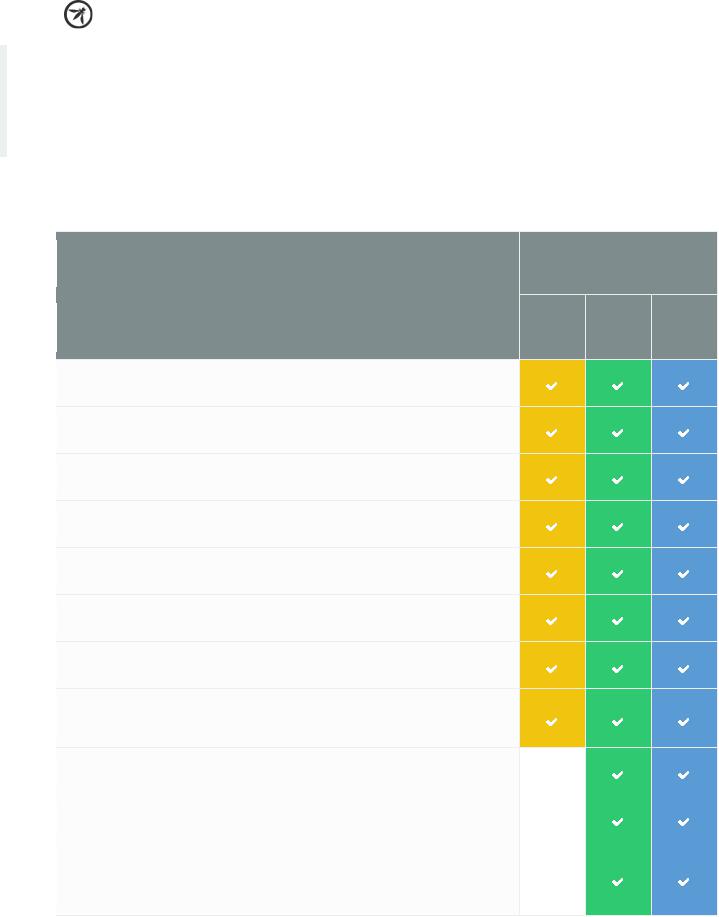
ASVS 2013 |
Web Application Standard |
V4: Input Validation
Verification Requirements
The table below defines the corresponding verification requirements that apply for each of the verification levels. Verification requirements for Level 0 are not defined by this standard.
LEVELS
INPUT VALIDATION
VERIFICATION REQUREMENT
1 |
2 |
3 |
Verify that the runtime environment is not susceptible to buffer overflows, or
V4.1
that security controls prevent buffer overflows.
Verify that the runtime environment is not susceptible to SQL Injection, or
V4.2
that security controls prevent SQL Injection.
Verify that the runtime environment is not susceptible to Cross Site Scripting
V4.3
(XSS), or that security controls prevent XSS.
Verify that the runtime environment is not susceptible to LDAP Injection, or
V4.4
that security controls prevent LDAP Injection.
Verify that the runtime environment is not susceptible to OS Command
V4.5
Injection, or that security controls prevent OS Command Injection.
Verify that all input validation failures result in input rejection or input
V4.6
sanitization.
Verify that all input validation or encoding routines are performed and
V4.7
enforced on the server side.
Verify that all untrusted data that are output to HTML (including HTML
V4.8  elements, HTML attributes, JavaScript data values, CSS blocks, and URI attributes) are properly escaped for the applicable context.
elements, HTML attributes, JavaScript data values, CSS blocks, and URI attributes) are properly escaped for the applicable context.
V4.9 |
Verify that a character set, such as UTF-8, is specified for all sources of input. |
Verify that all input data is canonicalized for all downstream decoders or
V4.10
interpreters prior to validation.
If the application framework allows automatic mass parameter assignment
(also called automatic variable binding) from the inbound request to a
V4.11
model, verify that security sensitive fields such as “accountBalance”, “role” or “password” are protected from malicious automatic binding.
19
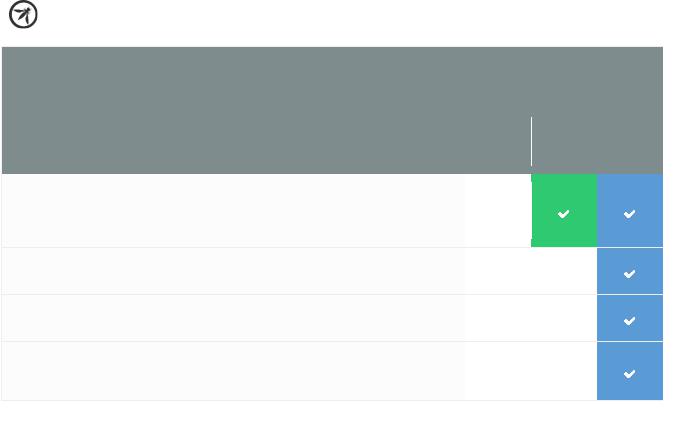
ASVS 2013 |
Web Application Standard |
LEVELS
INPUT VALIDATION
VERIFICATION REQUREMENT
1 |
2 |
3 |
Verify that the application has defenses against HTTP parameter pollution
attacks, particularly if the application framework makes no distinction about
V4.12
the source of request parameters (GET, POST, cookies, headers, environment, etc.)
Verify that a single input validation control is used by the application for
V4.13
each type of data that is accepted.
V4.14 |
Verify that all input validation failures are logged. |
Verify that for each type of output encoding/escaping performed by the
V4.15  application, there is a single security control for that type of output for the intended destination.
application, there is a single security control for that type of output for the intended destination.
Table 4 - OWASP ASVS Input Validation Requirements (V4)
20
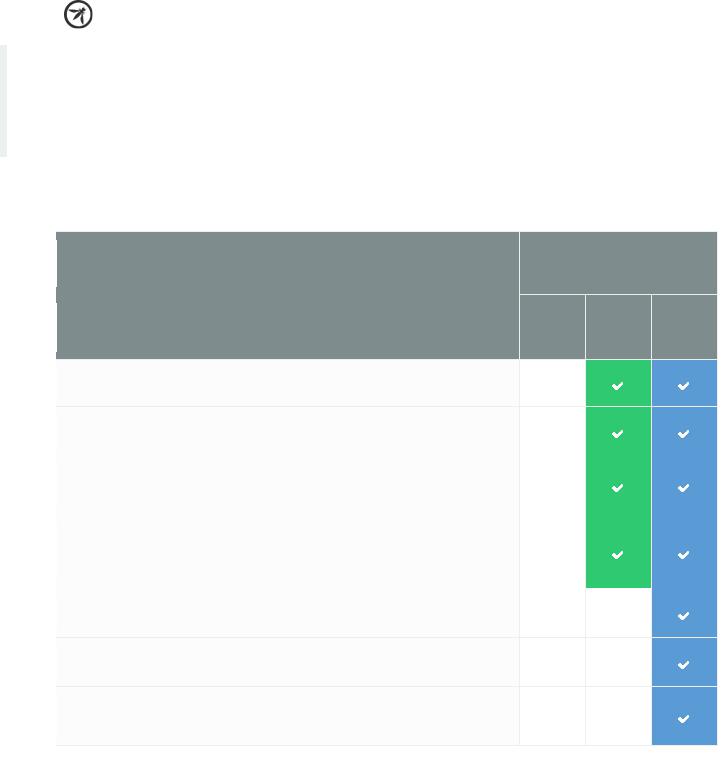
ASVS 2013 |
Web Application Standard |
V5: Cryptography at Rest
Verification Requirements
The table below defines the corresponding verification requirements that apply for each of the verification levels. Verification requirements for Level 0 are not defined by this standard.
LEVELS
CRYPTOGRAPHY AT REST
VERIFICATION REQUREMENT
1 |
2 |
3 |
Verify that all cryptographic functions used to protect secrets from the
V5.1
application user are implemented server side.
V5.2 |
Verify that all cryptographic modules fail securely. |
Verify that access to any master secret(s) is protected from unauthorized
V5.3  access (A master secret is an application credential stored as plaintext on disk that is used to protect access to security configuration information).
access (A master secret is an application credential stored as plaintext on disk that is used to protect access to security configuration information).
Verify that all random numbers, random file names, random GUIDs, and
random strings are generated using the cryptographic module’s approved
V5.4
random number generator when these random values are intended to be unguessable by an attacker.
Verify that cryptographic modules used by the application have been
V5.5
validated against FIPS 140-2 or an equivalent standard.
Verify that cryptographic modules operate in their approved mode
V5.6
according to their published security policies.
Verify that there is an explicit policy for how cryptographic keys are
V5.7  managed (e.g., generated, distributed, revoked, expired). Verify that this policy is properly enforced.
managed (e.g., generated, distributed, revoked, expired). Verify that this policy is properly enforced.
Table 5 - OWASP ASVS Cryptography at Rest Requirements (V5)
21

ASVS 2013 |
Web Application Standard |
V6: Error Handling and
Logging Verification
Requirements
The table below defines the corresponding verification requirements that apply for each of the verification levels. Verification requirements for Level 0 are not defined by this standard.
LEVELS
ERROR HANDLING AND LOGGING
VERIFICATION REQUREMENT
1 |
2 |
3 |
Verify that that the application does not output error messages or stack
V6.1  traces containing sensitive data that could assist an attacker, including session id and personal information.
traces containing sensitive data that could assist an attacker, including session id and personal information.
V6.2
Verify that all error handling is performed on trusted devices
V6.3
Verify that all logging controls are implemented on the server.
V6.4
Verify that error handling logic in security controls denies access by default.
Verify security logging controls provide the ability to log both success and
V6.5
failure events that are identified as security-relevant.
Verify that each log event includes: a time stamp from a reliable source, severity level of the event,
an indication that this is a security relevant event (if mixed with other logs),
the identity of the user that caused the event (if there is a user associated
V6.6
with the event),
the source IP address of the request associated with the event, whether the event succeeded or failed, and
a description of the event.
Verify that security logs are protected from unauthorized access and
V6.7
modification.
Verify that that the application does not log application-specific sensitive
V6.8  data that could assist an attacker, including user’s session ids and personal or sensitive information.
data that could assist an attacker, including user’s session ids and personal or sensitive information.
22
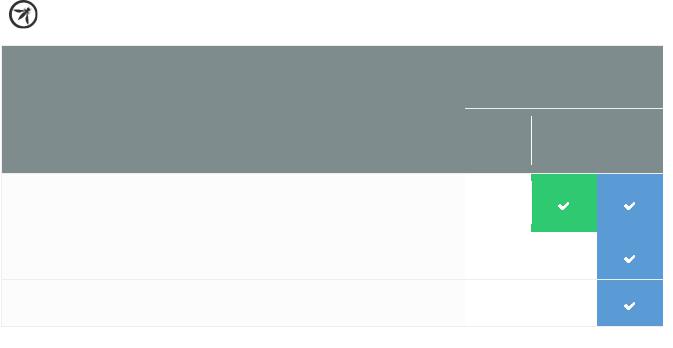
ASVS 2013 |
Web Application Standard |
LEVELS
ERROR HANDLING AND LOGGING
VERIFICATION REQUREMENT
1 |
2 |
3 |
Verify that a log analysis tool is available which allows the analyst to search
V6.9  for log events based on combinations of search criteria across all fields in the log record format supported by this system.
for log events based on combinations of search criteria across all fields in the log record format supported by this system.
Verify that all events that include untrusted data will not execute as code in
V6.10
the intended log viewing software.
Verify that there is a single logging implementation that is used by the
V6.11
application.
Table 6 - OWASP ASVS Error Handling and Logging Requirements (V6)
23
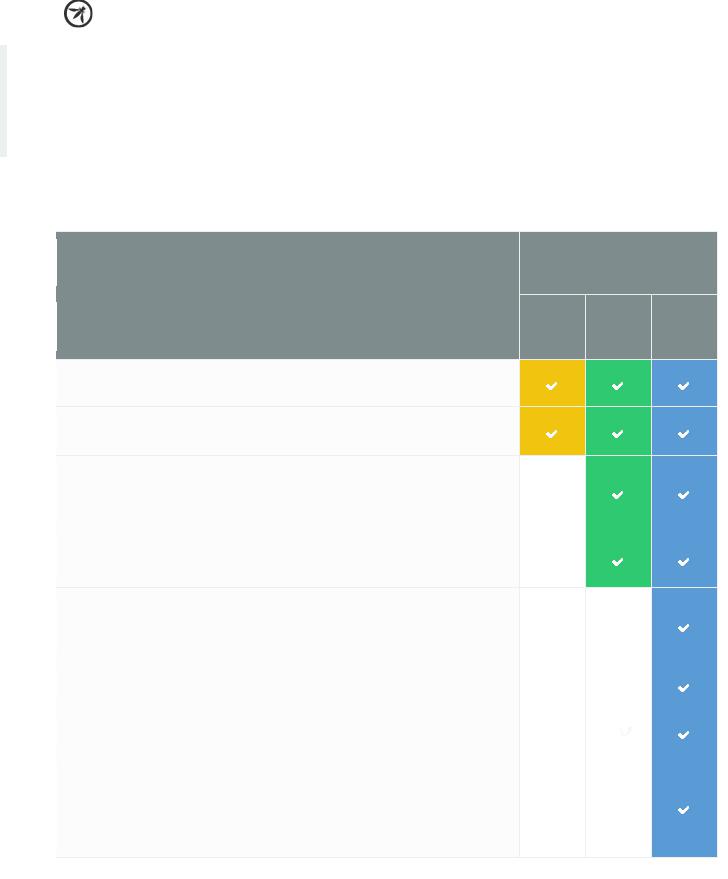
ASVS 2013 |
Web Application Standard |
V7: Data Protection
Verification Requirements
The table below defines the corresponding verification requirements that apply for each of the verification levels. Verification requirements for Level 0 are not defined by this standard.
V7.1
V7.2
V7.3
V7.4
V7.5
V7.6
V7.7
V7.8
LEVELS
DATA PROTECTION
VERIFICATION REQUREMENT
1 |
2 |
3 |
Verify that all forms containing sensitive information have disabled client side caching, including autocomplete features.
Verify that all sensitive data is sent to the server in the HTTP message body (i.e., URL parameters are never used to send sensitive data).
Verify that all cached or temporary copies of sensitive data sent to the client are protected from unauthorized access or purged/invalidated after the authorized user accesses the sensitive data (e.g., the proper no-cache and no-store Cache-Control headers are set).
Verify that all cached or temporary copies of sensitive data stored on the server are protected from unauthorized access or purged/invalidated after the authorized user accesses the sensitive data.
Verify that the list of sensitive data processed by this application is identified, and that there is an explicit policy for how access to this data must be controlled, and when this data must be encrypted (both at rest and in transit). Verify that this policy is properly enforced.
Verify that there is a method to remove each type of sensitive data from the application at the end of its required retention period.
Verify the application minimizes the number of parameters sent to untrusted systems, such as hidden fields, Ajax variables, cookies and header values.
Verify the application has the ability to detect and alert on abnormal numbers of requests for information or processing high value transactions for that user role, such as screen scraping, automated use of web service extraction, or data loss prevention. For example, the average user should not be able to access more than 5 records per hour or 30 records per day, or add 10 friends to a social network per minute.
Table 7 - OWASP ASVS Data Protection Requirements (V7)
24
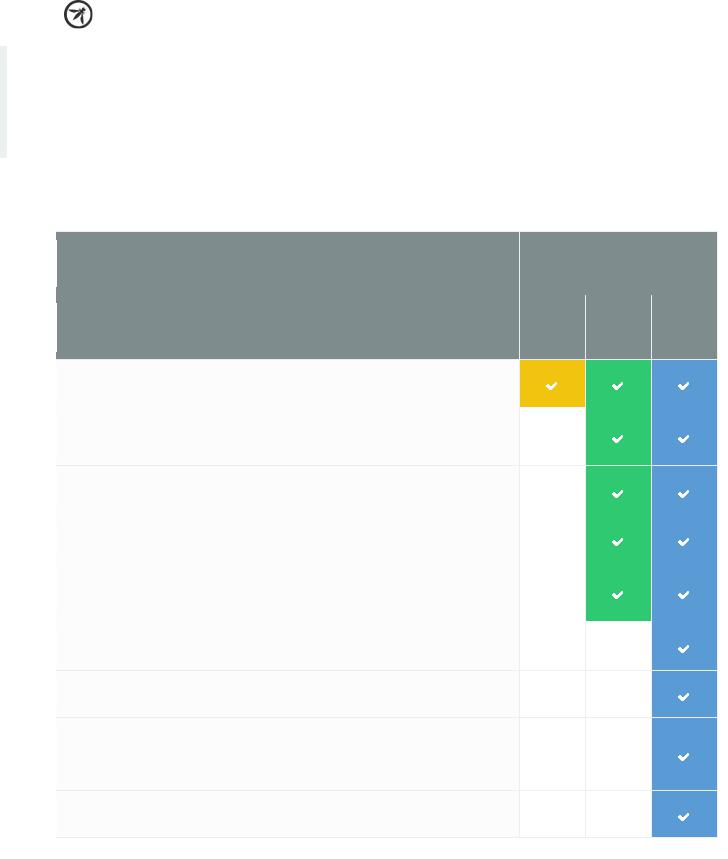
ASVS 2013 |
Web Application Standard |
V8: Communications Security
Verification Requirements
The table below defines the corresponding verification requirements that apply for each of the verification
levels. Verification requirements for Level 0 are not defined by this standard.
LEVELS
COMMUNICATIONS SECURITY
VERIFICATION REQUREMENT
1 |
2 |
3 |
Verify that a path can be built from a trusted CA to each Transport Layer
V8.1
Security (TLS) server certificate, and that each server certificate is valid.
Verify that TLS is used for all connections (including both external and
V8.2  backend connections) that are authenticated or that involve sensitive data or functions.
backend connections) that are authenticated or that involve sensitive data or functions.
V8.3
Verify that backend TLS connection failures are logged.
Verify that all connections to external systems that involve sensitive
V8.4
information or functions are authenticated.
Verify that all connections to external systems that involve sensitive
V8.5  information or functions use an account that has been set up to have the minimum privileges necessary for the application to function properly.
information or functions use an account that has been set up to have the minimum privileges necessary for the application to function properly.
V8.6
Verify that failed TLS connections do not fall back to an insecure connection.
Verify that certificate paths are built and verified for all client certificates
V8.7
using configured trust anchors and revocation information.
Verify that there is a single standard TLS implementation that is used by the
application that is configured to operate in an approved mode of operation
V8.8
(See http://csrc.nist.gov/groups/STM/cmvp/documents/fips140- 2/FIPS1402IG.pdf ).
Verify that specific character encodings are defined for all connections (e.g.,
V8.9
UTF-8).
Table 8 - OWASP ASVS Communications Security Requirements (V8)
25

ASVS 2013 |
Web Application Standard |
V9: HTTP Security Verification
Requirements
The table below defines the corresponding verification requirements that apply for each of the verification
levels. Verification requirements for Level 0 are not defined by this standard.
V9.1
V9.2
V9.3
V9.4
LEVELS
HTTP SECURITY
VERIFICATION REQUREMENT
1 |
2 |
3 |
Verify that the application accepts only a defined set of HTTP request methods, such as GET and POST and unused methods are explicitly blocked.
Verify that every HTTP response contains a content type header specifying a safe character set (e.g., UTF-8).
Verify that HTTP headers and / or other mechanisms for older browsers have been included to protect against click jacking attacks
Verify that HTTP headers in both requests and responses contain only printable ASCII characters.
Table 9 - OWASP ASVS HTTP Security Requirements (V9)
26
